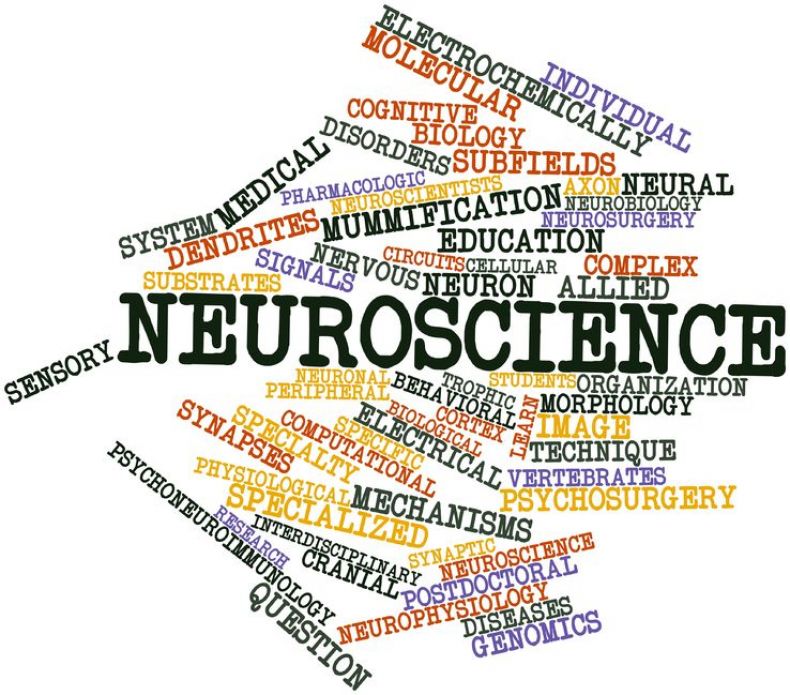What Organisations can do

How can leaders and professionals in the L&D arena use the emergent knowledge and learning from the field of Neuroscience to help their organisations?
1. Build awareness of neuroscience and change
If leaders and employees understood the impact of change on the brain, they could plan and implement change in a more constructive, “brain-friendly” way. This would mean organisations would be far more likely to keep employees in a positive toward state while going through change. Every leader needs to understand neuroscience and its implications for work so the first step is to build awareness.
2. Provide a language that resonates with business leaders
Another great benefit is that neuroscience provides a language for talking about employee engagement and change management that is acceptable to even the most hard-nosed leaders. In a recent conversation with the HR and Communications team of a large bank, they shared how they wanted to provide leaders with support on change management and building engagement. Talking communication, or “psycho fluff” as one banker put it, would not appeal, but talking about the physiology of the brain was both new and interesting. Neuroscience provides a means of talking about change that enables senior people to see that communication, empathy and involvement have a direct impact on people’s ability to think at their best and deliver.
3. Planning employee engagement at a macro level
Equipped with knowledge about neuroscience, leaders can plan every aspect of work to ensure employees are focused and performing well. Understanding the brain raises all sorts of questions about how work is planned, the physical work environment, flexibility, etc. Neuroscience is providing new research and insights on areas such as what influences us, how to set goals that really stick and cross-cultural working. It provides a scientific basis that could lead to a better understanding of employee engagement, which is all about being in a toward and focused state.
4. Planning at a micro level – leader and manager workshops
Neuroscience can also be applied at a more local level. Equipping leaders with knowledge of neuroscience means that they can apply it in their day-to-day work. Leaders can see the physiological advantages of planning time together as a team (Relatedness and Empathy), consulting employees on certain decisions that affected them (Autonomy and Fairness), regular communication (Certainty) and learning and development (Status). With the brain in mind, they can also apply the learning to imminent activities. Take performance management discussions, for example. It could be argued that appraisals send most of us into a threat state – how does the phrase “Let me give you some feedback” make you feel? Keeping neuroscience front-of-mind can help leaders plan how they could shift the experience to being one that creates a toward state.
5. A different way of rewarding people
In these economically tough times, neuroscience also provides food for thought on how organisations can reward employees beyond the usual financial incentives. By identifying what the brain finds rewarding – intrinsic motivators – companies can look at how else they can recompense people by providing a more rewarding brain-friendly day. Various parts of the brain are activated when we are rewarded and, in particular, the area called the ventral striatum. Neuroscience reveals that money is not the only thing that activates the ventral striatum: there’s large amount of overlap between how the brain responds to monetary and “social reward”. These social rewards include being given positive feedback, feeling that we are being treated fairly by our manager and the organisation, getting public recognition and being trusted.
As a field, neuroscience may still be in its infancy but already it’s providing hugely valuable insights as to how we can work better, stay focused and collaborate. For anyone who cares about their organisation and enabling employees to do great work, it’s an area to watch. We all benefit from understanding how our brains work. Leaders no longer have to take our word for it; science is providing hard evidence as to why our brains need communication, involvement and empathy.
Source: Hilary Scarlett, Scarlett Associates